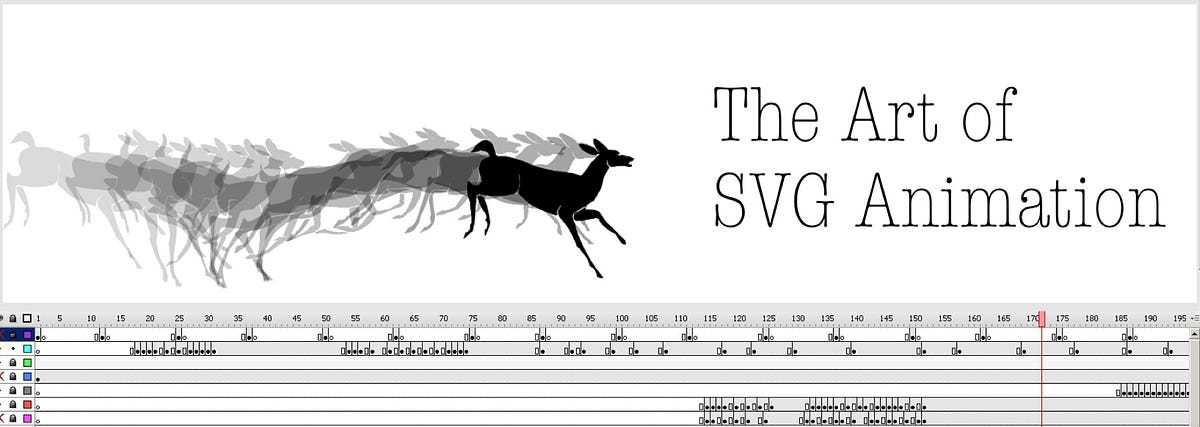Adobe Illustrator Svg Filters Google
Posted By admin On 12/02/18
May 06, 2015 Had the fortune of having to build out some files as SVG the other day. I never really lookeda t the SVG filters. But here is what they look like. Where is the default file for SVG filters in Illustrator CC?

Below is a screen capture of SVG image which is rendered on Chrome 22.0.1229.79 Mac. The original svg is on jsfiddle: The left image is made using SVG:s dilate and erode filters. The right one is made using Illustrator's Offset Path effect.
The left one has problems: the border at the bottom is distorted and curves are not as smooth. Unformat Data Recovery Software Keygen Cracks. Meanwhile the thick black border is the same in both. Has my SVG some parameter wrong or are the dilate and erode filters so seemingly buggy? EDIT: The purpose is to make paths thinner or thicker in SVG, but according to this example, the erode/dilate is not stable enough to rely. One interesting/important thing after applying Illustrator Offset Path Effect to shape, is that the original path is not modified and the drag handles are in the points of original path. Windows 7 Perfection (x86) (2011).
The amount of offset can be modified afterwards, which means that functionality of Offset Path is this kind similarity with Erode and Dilate filter of SVG. And to make the Offset Path effect permanent (so that it modifies original path) you have to click Object - Expand Appearance. May be this clarifies more the differences between Illustrator Effect and SVG filter. – Oct 3 '12 at 15:50 •. Illustrator's path offset and SVG filters erode/dilate are different operations. This erode filter is working as designed - there is no bug here.
For every pixel in the input image, the filter looks at the maximum RGBA values in a rectangle around it (the radius). In a normal image this tends to generate 'rectangular highlights' for want of a better term. Guitar Scales Chart Pdf here. And results in weird artifacts when applied to curved draw paths. From the spec: The dilation (or erosion) kernel is a rectangle with a width of 2*x-radius and a height of 2*y-radius. In dilation, the output pixel is the individual component-wise maximum of the corresponding R,G,B,A values in the input image's kernel rectangle.
In erosion, the output pixel is the individual component-wise minimum of the corresponding R,G,B,A values in the input image's kernel rectangle. So, imagine that that single pixel at the pointy end of your shape.
With a 10 pixel 'radius' in your filter (and remember that radius is an incredibly misleading term because it's using a rectangle not a circle!). Let's say it's at 100,100, for arguments sake. When the filter processes values for pixels in the range 90,110 to 110,110, its dilation radius is going to detect that pixel at 100,100 and paint all pixels in that range black. And just like that, your nice pointy end has been dilated into a straight line.